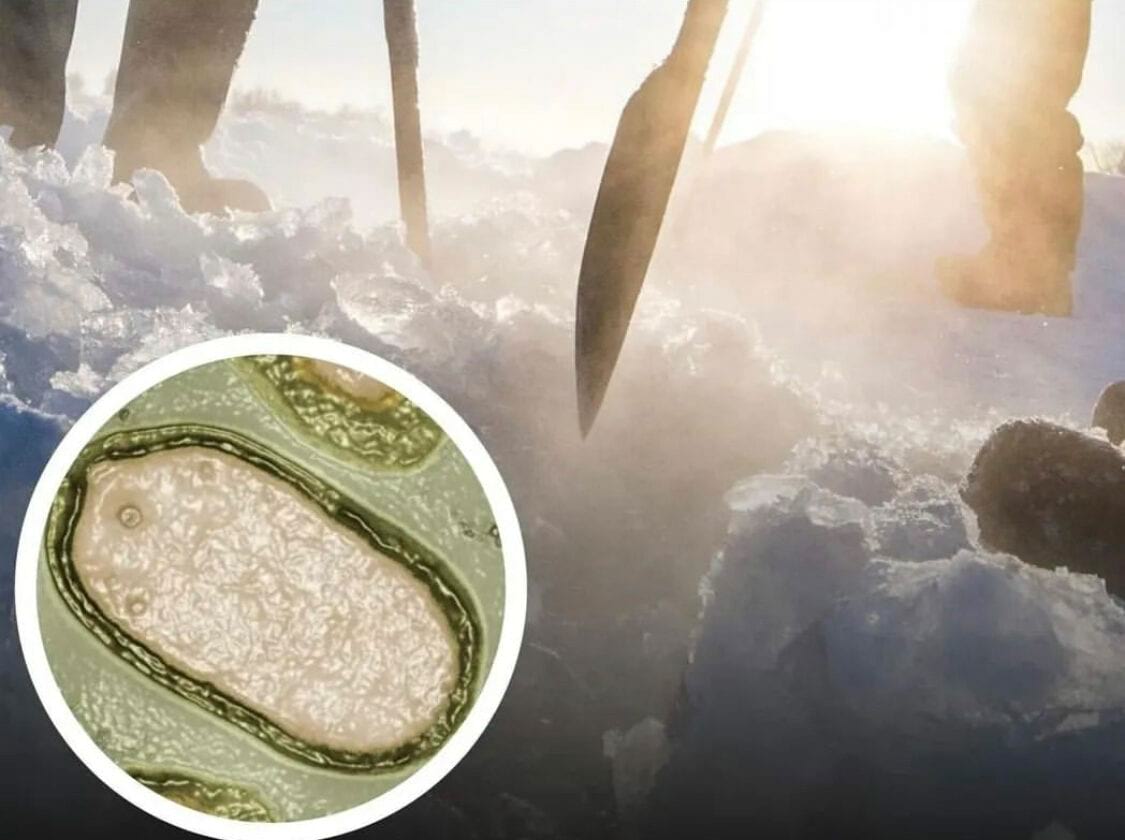The scientists’ study found that even after millennia of being frozen in the ground, the virus remained infectious.
If ancient permafrost continues to thaw, it could revived long-dormant viruses – like one found under a lake more than 48,500 years ago – and present a new threat to humans, researchers say.
European researchers recently dug up some ancient samples from the Siberia region in Russia. What they found were 13 new pathogens, which they referred to as “zombie viruses.” Even after spending so much time frozen underground, these zombie viruses remained infectious.
The global thawing of permafrost due to increasing temperatures has long been a cause for concern among scientists. If greenhouse gases like methane are released from the frozen ground, they will only add to the atmospheric pollution. However, less is understood about how this phenomenon could also impact dormant pathogens.
The research team, compromised of members from Russia, Germany, and France stated that the chances of reanimating viruses are “totally negligible.” The reasoning behind this declaration targeted mainly towards amoeba microbes. They said that the potential revival of a virus, one that could infect animals as well as humans, is immensely more problematic. They went on to warn their work can be extrapolated to display how real the dangers are.
“It is thus likely that ancient permafrost will release these unknown viruses upon thawing,” they wrote in an article posted to the preprint repository bioRxiv that hasn’t yet been peer-reviewed. “How long these viruses could remain infectious once exposed to outdoor conditions, and how likely they will be to encounter and infect a suitable host in the interval, is yet impossible to estimate.”
“But the risk is bound to increase in the context of global warming when permafrost thawing will keep accelerating, and more people will be populating the Arctic in the wake of industrial ventures,” they said.

